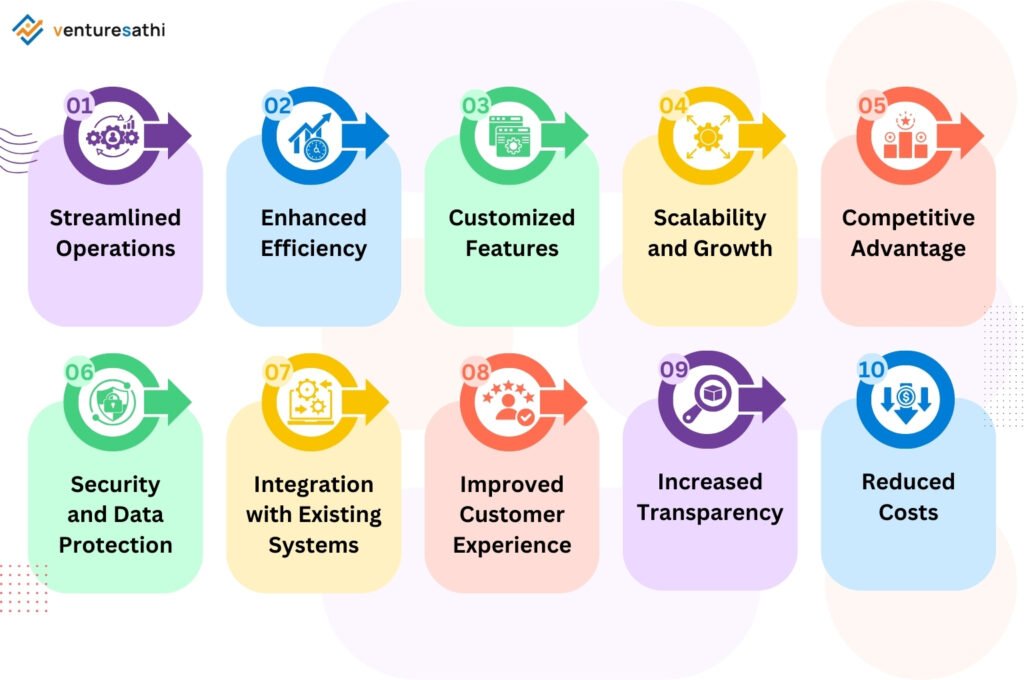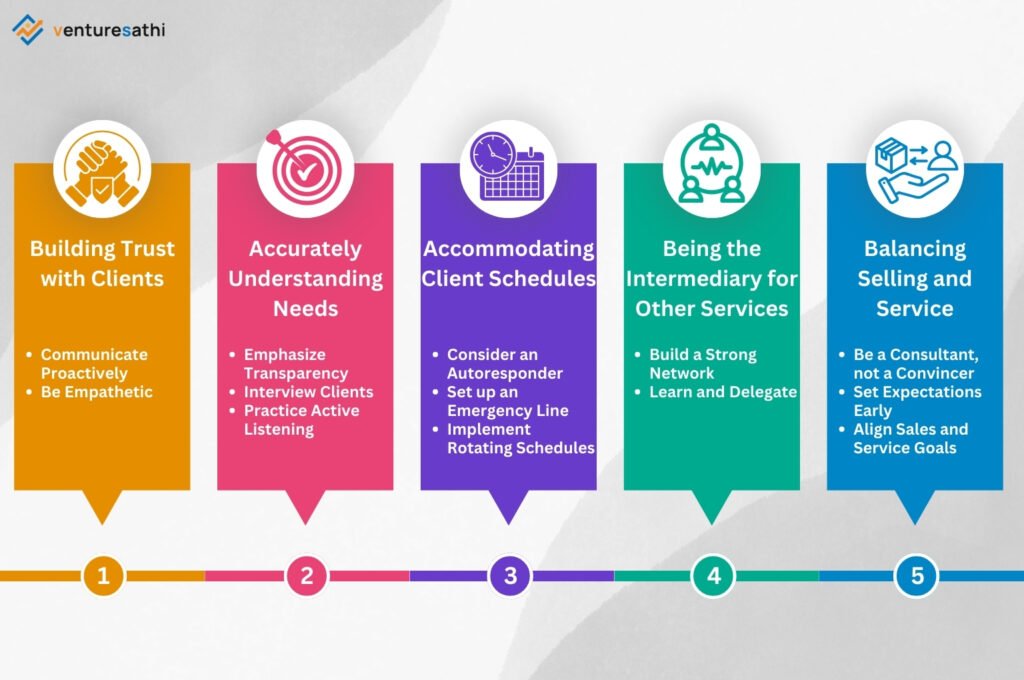Building a High-Performance Route Optimization Engine
A Deep Dive into Logistics Technology
Route optimization is not just about drawing a line on a map; it’s about orchestrating every moving part of the supply chain. A strong Transportation Management System (TMS) with a well-engineered Route Optimization Engine is a game-changer. It doesn’t just reduce fuel costs; it shapes customer experience, increases delivery reliability, and directly impacts profitability.
Many organizations approach routing as a dispatcher’s task: deciding which driver goes where and when. In reality, true optimization is a complex balancing act:
- Fuel and toll costs
- Vehicle capacity and load constraints
- Delivery time windows and service level agreements (SLAs)
- Driver schedules and hours-of-service compliance
- Real-time road conditions, traffic, and weather
When these factors come together in a connected TMS, routing evolves from being reactive to becoming predictive, dynamic, and scalable.

The Overlooked Thing
Load Building
An optimized route is only as good as the vehicle loading plan behind it. Load building goes far beyond stacking cartons; it’s a precise exercise in maximizing space, ensuring weight distribution, and protecting cargo integrity.
Modern load-building solutions solve a puzzle:
- Pallets and cartons are virtually arranged to make every inch of space count
- Weight and cube utilization are validated in real time
- Vehicle assignments are dynamically adjusted to reflect actual loading feasibility
- “Shipping air” is minimized, reducing overall transportation costs
By combining load planning with routing, businesses can ensure the plan on paper is executable in the warehouse—bridging the gap between theoretical efficiency and operational reality.
Designing a High-Performance Route Optimization Engine
Building an advanced Route Optimization Engine is both a software engineering and operational design challenge.
Below is a framework for achieving it.
Data Integration and Accuracy
Clean, reliable master data is critical: vehicle specs, product dimensions, weights, locations, customer delivery rules, and road restrictions. Without accurate data, no algorithm can achieve meaningful results.
Mapping & Constraint Modeling
Incorporate road networks, real-time traffic data, geofencing, and regulatory constraints. API-based mapping platforms combined with in-house business logic enable more precise route planning.
Algorithmic
Optimization
Utilize pathfinding algorithms (like Dijkstra’s or A*) alongside Vehicle Routing Problem (VRP) solvers with constraints for multiple vehicles, stops, and delivery windows. Cloud-based solvers such as OR-Tools can be customized for enterprise operations.
Dynamic Re-Routing
Static routes are no longer sufficient. Dynamic optimization enables real-time adjustments to routes based on traffic changes, customer cancellations, or weather events.
3D Load Builder Integration
The load builder acts as a reality check, validating that chosen routes correspond to what is physically possible to load. Simulating truck space in 3D ensures better route feasibility and truck utilization.
User-Centric Design
Sophisticated algorithms must be supported by intuitive interfaces. Dispatchers and warehouse teams need visual tools showing truck layouts, routes, and live tracking.
A Fully Integrated Operation in Practice
Why It Matters for Logistics Leaders
Incremental improvements in routing and load utilization create measurable impact:
- Reduced transportation costs through fewer trips and optimized fuel usage
- Improved sustainability by lowering carbon emissions
- Better driver efficiency and satisfaction due to reduced idle time and guesswork
- Enhanced delivery reliability, strengthening customer trust
Companies that integrate route optimization with load-building intelligence gain a strategic edge, especially in today’s environment of rising costs and tight delivery schedules.
How We Support Logistics Innovation
Whether you need a dedicated development team or ongoing IT support, we specialize in building systems that bring routing, load planning, and logistics intelligence to life.
Conclusion
Route optimization is not a single tool but an interconnected system. A powerful TMS combines smart algorithms, dynamic routing, and load-building capabilities into a seamless execution engine.
Organizations that achieve this level of system maturity create logistics operations that mirror the expertise of their best planners at scale, every single day. The future of logistics lies in making technology think and act like the best dispatcher and warehouse manager combined, ensuring every truck, every mile, and every cubic inch of space delivers value.


